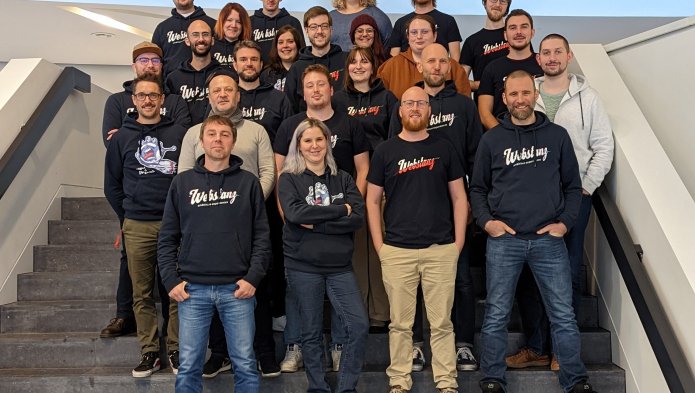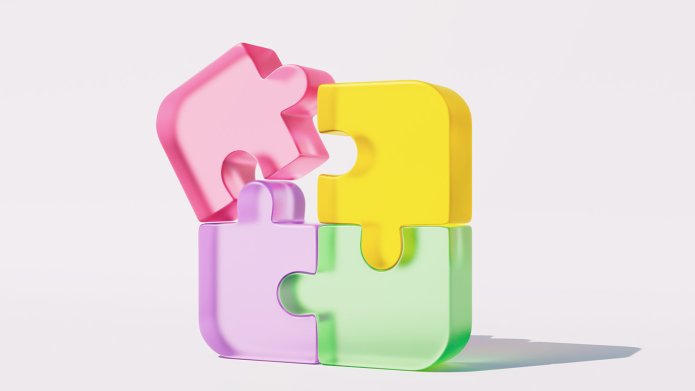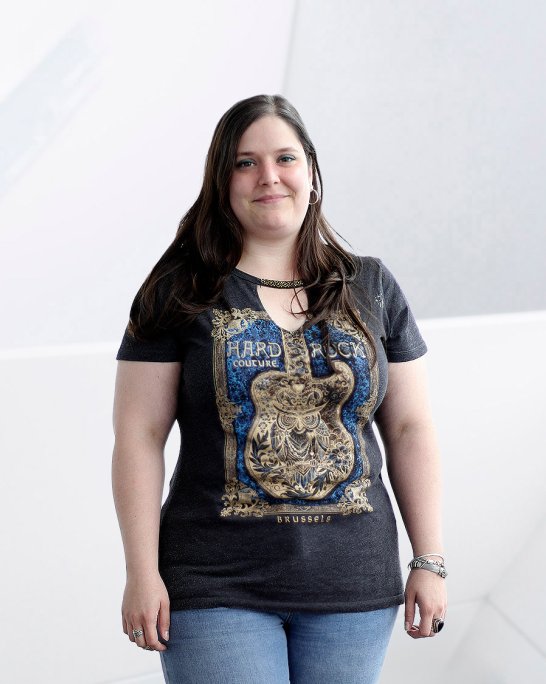What is PCM?
If the words "enneagram" or "16personalities" mean anything to you, you probably know what this topic is about! If not, let me explain a few notions of this exciting concept in the rest of this article.
The Process Communication Model (also called PCM) is a relationship management tool created by the American psychologist Taibi Kahler. Based on the answers to a questionnaire, it makes it possible to identify a unique personality profile that will serve as a basis for better communication.
NASA has been using it for the selection of its astronauts for more than 20 years, and this method is now used by thousands of companies around the world. According to this model, each person is represented by a unique combination of 6 personality structures. Each structure is associated with a specific color.
At WebstanZ, we had the chance to follow 4 days of PCM training given by Jonathan Pardo from Simplexity and we fell in love with this Process Communication Model. We are now trying to apply it to our daily communication, both internally and externally with our clients.

Your own house
6 personality structures. 6 colors. Each person is born with a basic personality type that will remain so throughout his or her life. Then the 5 other colors are superposed in an order relative to the person, who will develop them differently according to the education and the background of life.
The 6 types are organized in a building, each floor being a personality. The basic personality is at the bottom, then the others follow up to the attic. This is what we call a "house". And to go up to the upper floors (and thus to pass to the communication channels corresponding to the other colors), we take the elevator. The higher the color, the more effort it requires and the more resources it costs us. But it is still reachable!
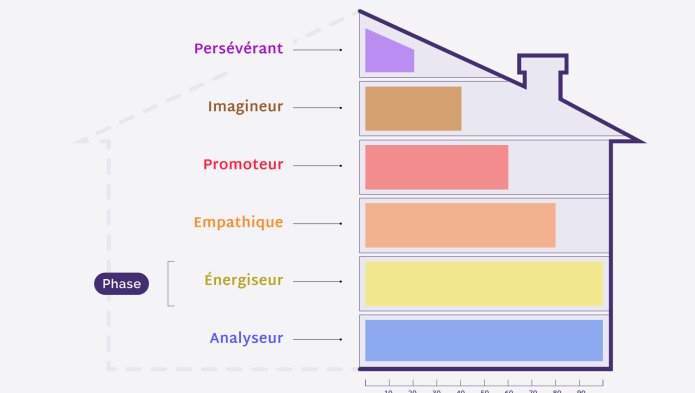
It is important to know that all types of houses are equal, no color combination is better or worse than another. Depending on this unique and subtle mix of personalities, different behaviors and ways of communicating result.
That's part of what I liked most about this model: it doesn't put people in boxes. Everyone is everything !
The goal of this training was for us to learn how to better communicate with others:
- Internally: identifying your basic personality or the one of a collaborator allows you to exchange with an adapted tone and structure. Indeed, the way things are said is as important as what is actually said.
- The same logic applies when we talk to a client or a partner: the fact that we have been able to identify the color of the person we are talking to helps us to better guide the discussion and adapt our behavior.
We have also learned to adapt our communication when we (or the person in front of us) are in a stressful moment!
The 6 types of personality
- The thinker (color:blue) likes data and structure, is rational and appreciates logic. He seeks factual thinking, is responsible and organized. He likes to be spoken to in the from of questions and answers them in a rather monotonous tone. In our team, about a quarter of the employees are basic thinkers and tend to be project managers (how surprising!).
> His existential question: Am I competent?
- The imaginer (color:brown) likes introspection and enjoys being in his head. He is calm, thoughtful and enjoys being alone. He has a very rich inner world and easily goes into his thoughts. He likes to be talked to by prompting, being directive and tends to respond in a neutral way. About one fifth of the team is imaginer as a base (in fact, it is the color that is mostly represented in the professional world of programmation).
> His existential question: Am I desired?
- The persister (coulor:purple) has extremely important beliefs and it is his opinions that come first. Loyalty is paramount, as is commitment to causes that match his values. He likes to share his opinion and thrives on debate. Like the Thinker, he supports his commitments with neutral language and enjoys being challenged. Currently, none of the team members are basically persister (but some are in "phase"; I'll explain what a phase is later).
> His existential question: Am I trustworthy?
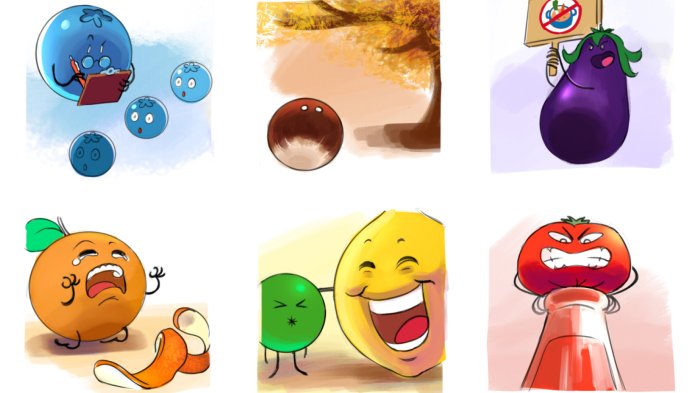
- The rebel (color:yellow) is spontaneous and enjoys every moment of life. They are creative and can't stop joking. They need everything to be fun. It is the color of reaction, they love or hate. They need contact with others. They speak with emotion and appreciate being addressed in the same way. There are less than 10% of rebels in the team and they are more developers.
> His existential question: Am I acceptable?
- The Harmonizer (color:orange) speaks with heart, sensitivity and emotion. Human and friendly interactions are paramount and he likes to take care of others. He feels and acts with his own intuition. He likes to communicate and to be communicated with in a warm and comforting way. One third of the team members have an orange base. They are developers, account managers and human resources managers.
> His existential question: Am I kind?
- The promoter (color:red) is in the action. He takes the initiative and is autonomous. He can adapt and seeks challenges. Rather charming and persuasive, he goes forward to act. He likes to be challenged with ideas and he also speaks to others in the same way. He needs excitement on a daily basis. Only one person in the team is on promoter base at the moment.
> His existential question: Am I alive?
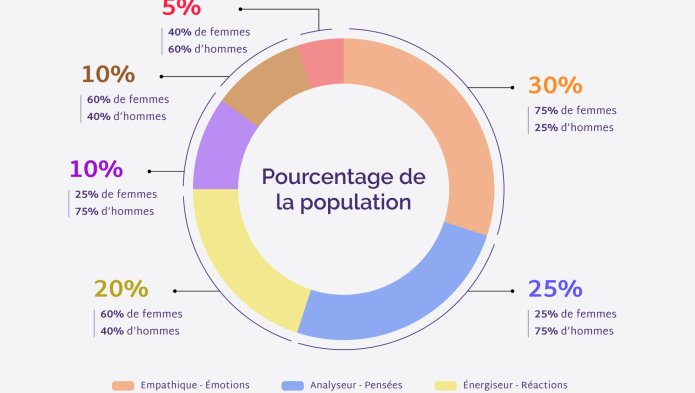
The phase
I was just telling you about being in 'phase'. At the beginning, our base (the color located at the bottom of our house - you still follow?) is our phase. But in the life course it is possible, generally following a significant event ( grief, birth, dismissal,...) to move to the next floor. We will then say that the person has 'phased'. From then on, the psychological needs of the person concerned are rather those of the new color, those of the next floor of his house.
People who phase keep all the characteristics of their base, but have a new type of needs and other manifestations of stress. It is this concept of phasing that makes our team all colors, both base and phasing.
Conclusion
At WebstanZ, we've adopted all of this vocabulary and it's not unusual to hear phrases like "I need your blue, could you please help me?" or "I'm brown today, I'm going to take a break" in the office.
The subject is very vast and if you are interested, don't hesitate to do your own research. But I hope that this little introduction to the Process Communication Model will have inspired you to go further and learn more about it.
